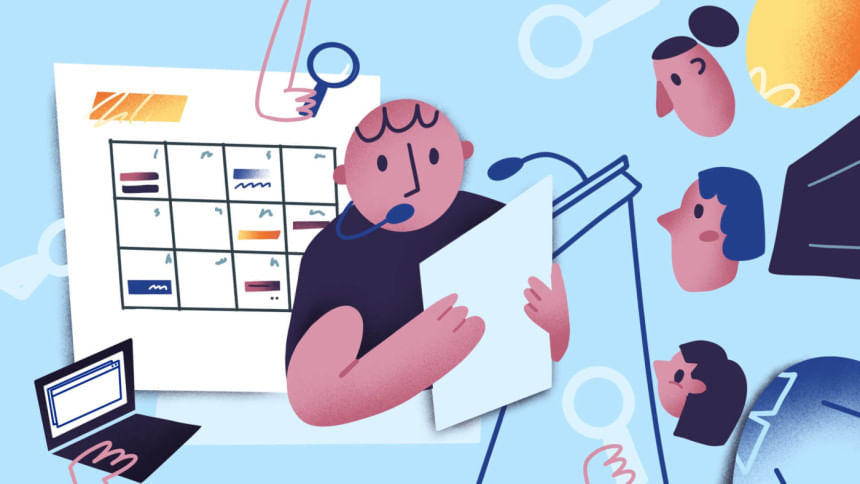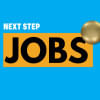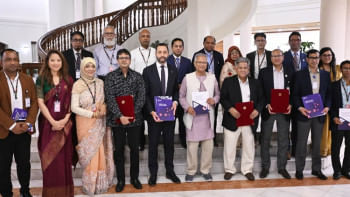How to futureproof your IT leadership career

Technology leadership has never carried more influence, or more jeopardy. Artificial intelligence is rewriting job descriptions, regulations are tightening, and value is shifting from projects to enduring products and platforms. To prosper through the next decade, treat your career as a system with three compounding levers: capability, credibility, and capital. Capability is the stack of skills you keep current, credibility is the trust you earn through outcomes, and capital is the network and goodwill that multiplies both. Titles will change and toolchains will churn, but these levers compound if you manage them with intent.
From delivery to value
The first shift is philosophical. IT leaders who are judged only by what ships will struggle, while those measured by outcomes that sustain will endure. That means organising around products and platforms rather than functions, and setting goals that speak finance as fluently as they speak engineering. A release that reduces churn, lifts margin, or cuts cost to serve is a strategic asset, not just a milestone. It also requires the courage to end work that no longer maps to strategy. Futureproof leaders are remembered as much for what they stop as for what they start, and they make the case in the language of customer impact and cash flow.
Becoming AI native
You do not need to be a machine learning researcher to be AI native, but you do need fluency. Treat AI as a management system as well as a technology capability, use it to interrogate briefs, draft strategies, compare suppliers, pressure test scenarios, and then coach your teams to do the same. Industrialising AI responsibly is now table stakes. Data provenance, model risk, prompt logging, evaluation, and red teaming belong inside your operating model rather than in a slide deck. Upskilling should happen at two levels: a universal baseline across the workforce that emphasises safe use, verification and privacy, and a deeper track for specialists who will own MLOps and model governance. Above all, scale only when the value clears. Pilots should be quick and disciplined, with clear measures such as cycle time reduction, error rates, and customer metrics.
Security and resilience as a signature
Boards will forgive a late roadmap sooner than they will forgive an avoidable breach. Designing on the assumption of breach is no longer a posture; it is the default. Identity must be strong, privileges must be minimal, and verification must be continuous. Resilience is engineered rather than hoped for, with chaos testing, immutable backups, segmentation, and rehearsals that include executives who will make real decisions under pressure. The human layer is decisive, reward the reporting of near misses, write runbooks in plain language, and rehearse cross-functional incident roles. Leaders who make security cultural, not clerical, will carry their credibility into any market.
Mastering the platform economy
Winners not only build applications, they build platforms that others can build on. Internal developer platforms, golden paths and strong APIs convert toil into paved roads and allow scarce talent to focus on higher-order problems. Cloud spend requires the same commercial discipline as any other input cost. Finance should be tied to value streams and product lines, not to infrastructure layers, with wasted resources visible and removable. Data must be treated as a product, with ownership, documentation, lineage, and privacy by design. At scale, federated models such as data mesh can keep autonomy and accountability in balance.
Leading the people strategy
Technology is a talent market as much as a tools market. Teams that combine deep expertise with collaborative breadth move faster and break less. Hiring should privilege learning velocity, systems thinking, and influence over narrow tool familiarity, because the stack will change faster than your headcount. Mobility between product, platform, and security roles helps capability compound and prevents career cul-de-sacs. Incentives should reward customer impact and reliability. Few people are truly motivated by lines of code; most are motivated by meaningful outcomes and the chance to grow.
Fluency beyond the IT silo
The futureproof leader is bilingual, as comfortable with finance, risk and regulation as with code. Investment cases are defended in terms of free cash flow, payback, risk reduction, and lifetime value, not merely on architectural elegance. Regulatory readiness on privacy, AI, and sector rules belongs upstream in design, not as a costly retrofit. Storytelling is a leadership tool, distilling complex trade-offs into clear options, leading with the so what, and stating a recommendation that a non-technical board can act on.
Sustainability as an engineering problem
Sustainability is moving from corporate narrative to operating constraint. Know the carbon intensity of your workloads and suppliers, architect for efficiency, and fold energy and emissions into the same dashboards that executives already trust. When efficiency is engineered, right-sizing, scheduling compute, refactoring hot paths, and choosing appropriate models, it is both greener and cheaper, which makes it durable in hard budget cycles.
Building a board-ready profile
The next jump for many IT leaders will cross into the C suite or the boardroom. Owning a profit and loss line, even a small one, proves commercial competence. Participation in governance forums, risk committees, data ethics boards, and investment councils widens perspective and influence. Publishing lessons from platform migrations, AI guardrails, or incident management, with sensitive details removed, makes your thinking legible to the market and attracts opportunities before you seek them.
A 12-month action story
Imagine the year as four chapters rather than a checklist. In the opening months, you reset the operating model to product lines, agree on three outcome metrics per product and stand up a pragmatic FinOps rhythm. You also publish version one of your AI guardrails, so experimentation begins safely. The second chapter sees you pilot an internal developer platform and run a red team exercise alongside an executive incident drill, turning security from policy into muscle memory, a catalogue for data as a product takes shape. Mid year, momentum shifts to simplification, you decommission legacy estates that no longer earn their keep, embed a sustainability by design standard and rotate top talent through platform and security so skills spread. The final chapter focuses on institutionalising gains. You present outcome improvements to the board, codify playbooks that survive leadership changes, recruit successors for key roles and take on an external advisory or non-executive mandate to broaden your vantage point.
What to stop and why it matters
Futureproofing is as much subtraction as addition. When leaders stop owning every decision, product, and platform owners step up and speed increases. When organisations stop measuring busyness and start counting outcomes, priorities sharpen and burnout recedes. When teams stop treating vendors as saviours and instead co-design, benchmark, and plan graceful exits, architectures outlive contracts and sovereignty returns to the enterprise.
The mindset that lasts
In the end, careers compound when learning is systematic, not sporadic. Ring-fenced time for hands-on exploration, small field experiments with real measures, and a trusted circle of peers who trade playbooks will keep you moving faster than the landscape shifts. The leaders who endure design operating systems that outlast hype cycles and earn trust when it matters most. Build for that, and your career will be built to last.

 For all latest news, follow The Daily Star's Google News channel.
For all latest news, follow The Daily Star's Google News channel. 








Comments